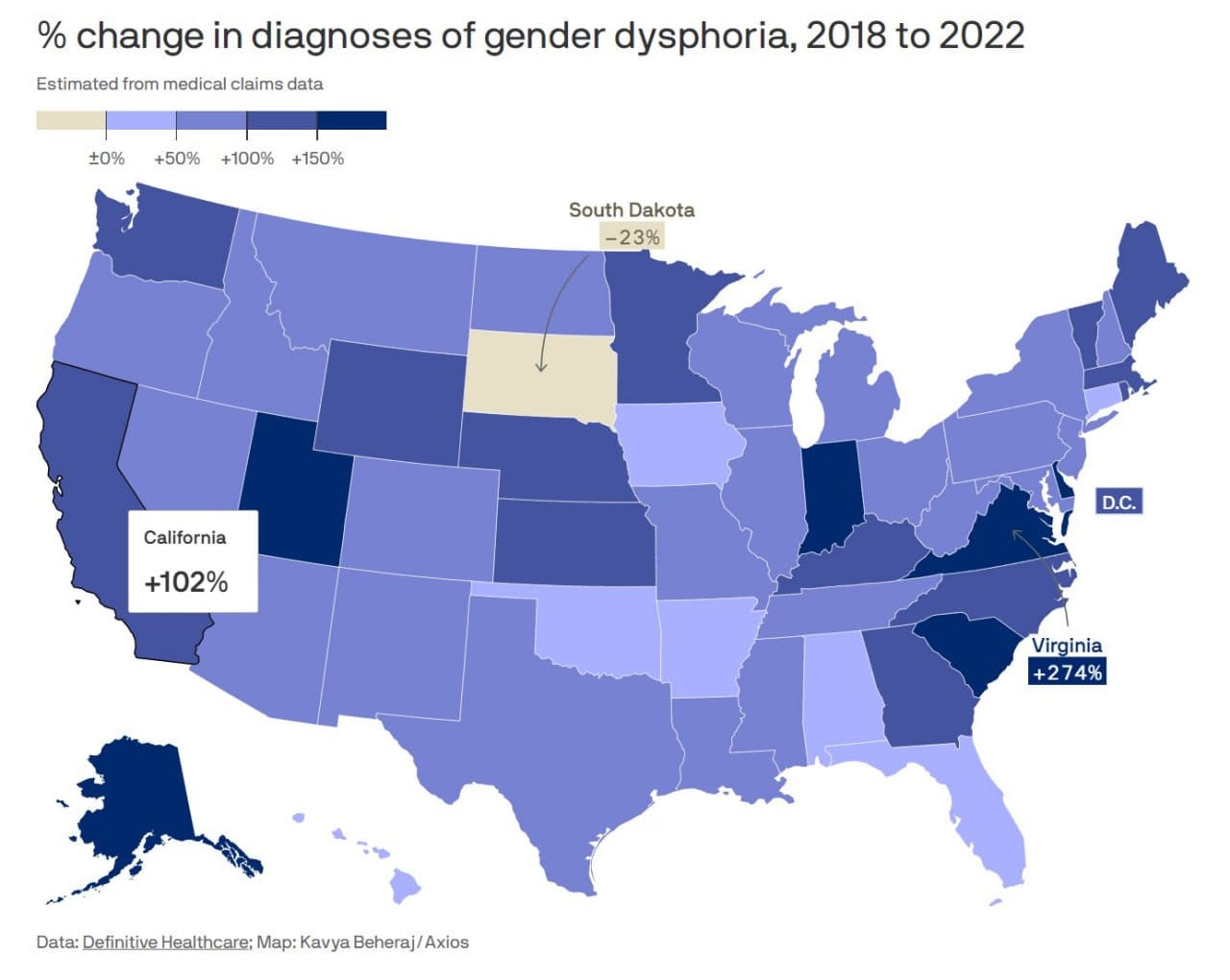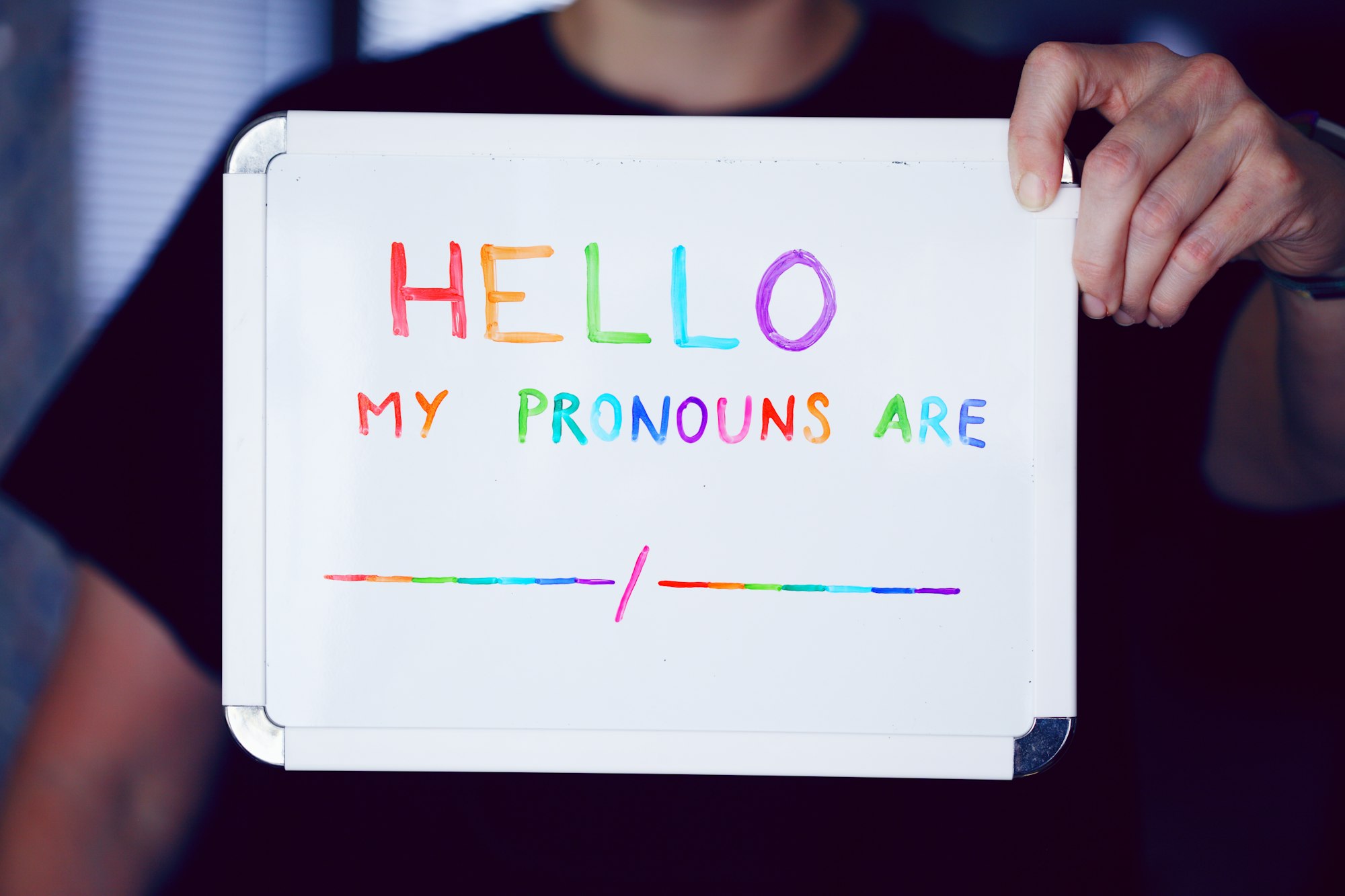Rise in Gender Dysphoria Diagnoses Across U.S. States, Reveals New Data
A recent report has highlighted a nationwide increase in diagnoses of gender dysphoria, offering a new perspective on the evolving landscape of gender identity in the United States. According to data presented by Axios, every state in the country has seen a rise in diagnoses of gender dysphoria from 2018
A recent report has highlighted a nationwide increase in diagnoses of gender dysphoria, offering a new perspective on the evolving landscape of gender identity in the United States.
According to data presented by Axios, every state in the country has seen a rise in diagnoses of gender dysphoria from 2018 to 2022. The report included a choropleth map showing the percentage change in diagnoses across different states, though specific numbers were not disclosed.

Gender dysphoria involves a conflict between a person's physical or assigned gender and the gender with which they identify, according to the American Psychiatric Association. This rise in diagnoses may reflect an increased awareness and understanding of gender identity issues, as well as greater access to healthcare services for individuals experiencing gender dysphoria.
However, this increase comes amid a contentious national debate over gender-affirming care. Several states have enacted laws or policies that prohibit transgender youth from accessing such care, as highlighted by the Human Rights Campaign and other sources.
Critics argue that these restrictions can have detrimental effects on the mental health and wellbeing of transgender individuals. Meanwhile, proponents of the restrictions often cite concerns about the permanence of some aspects of gender-affirming care, especially for minors.




